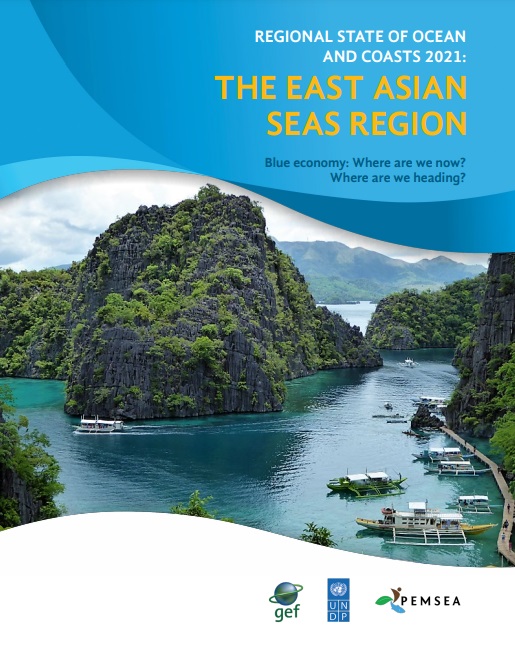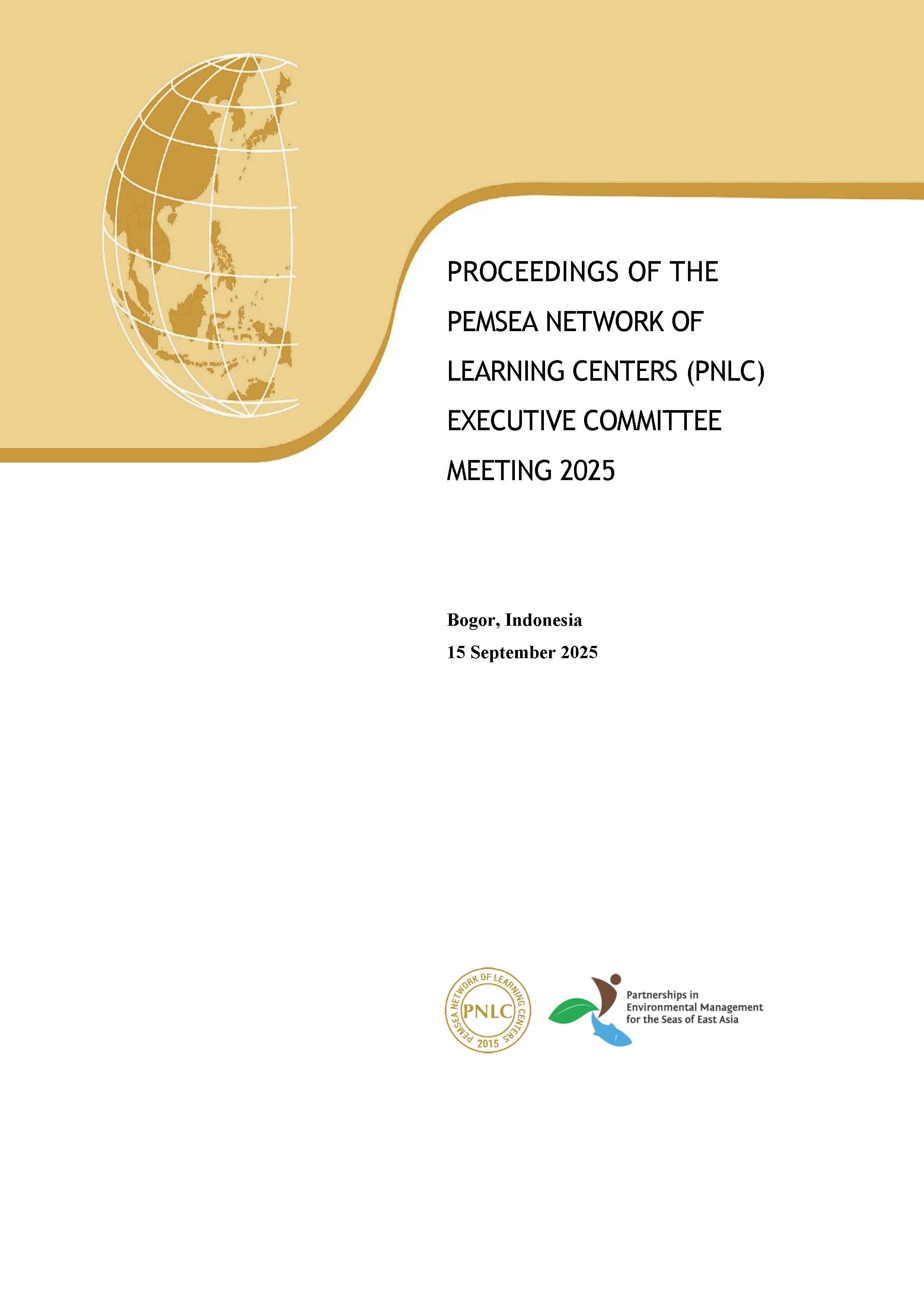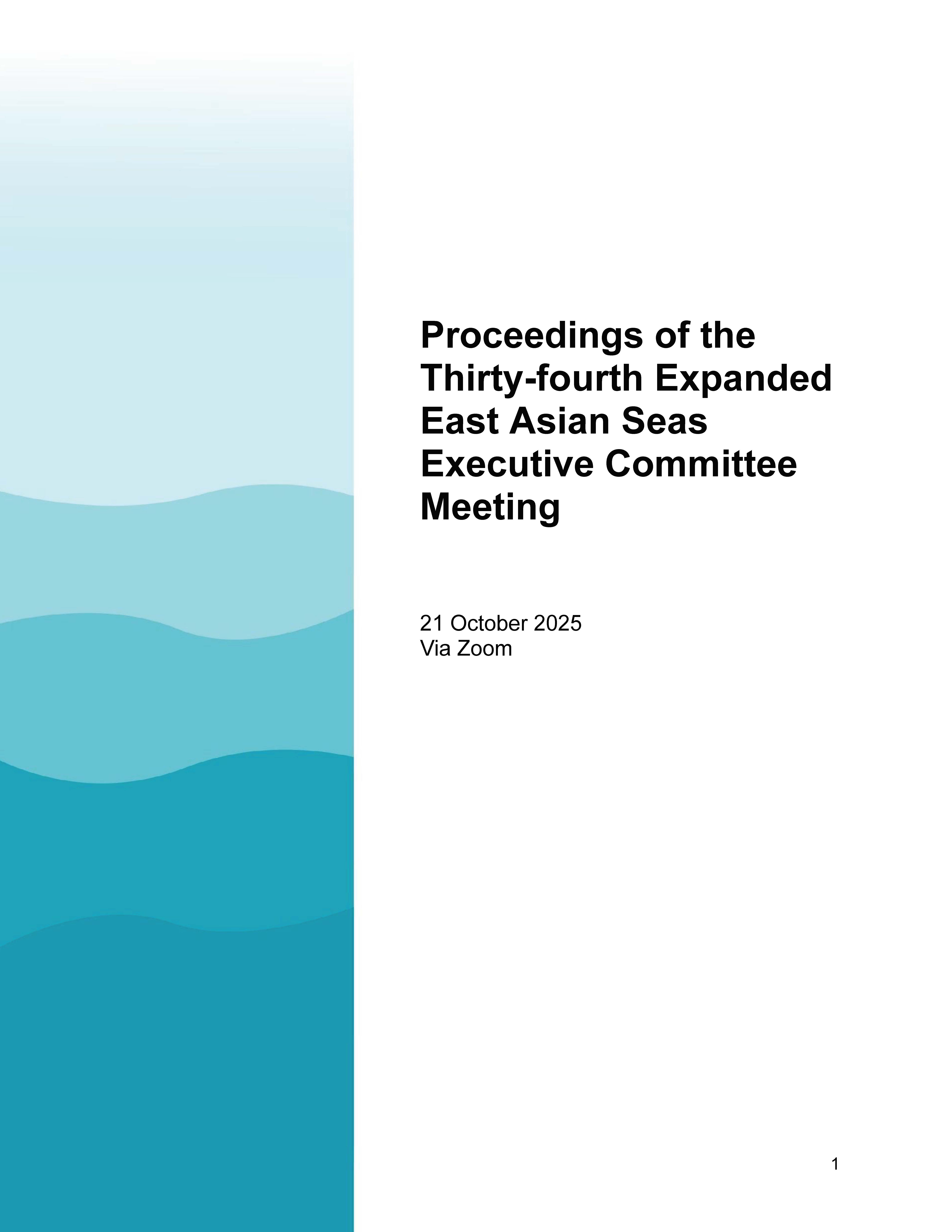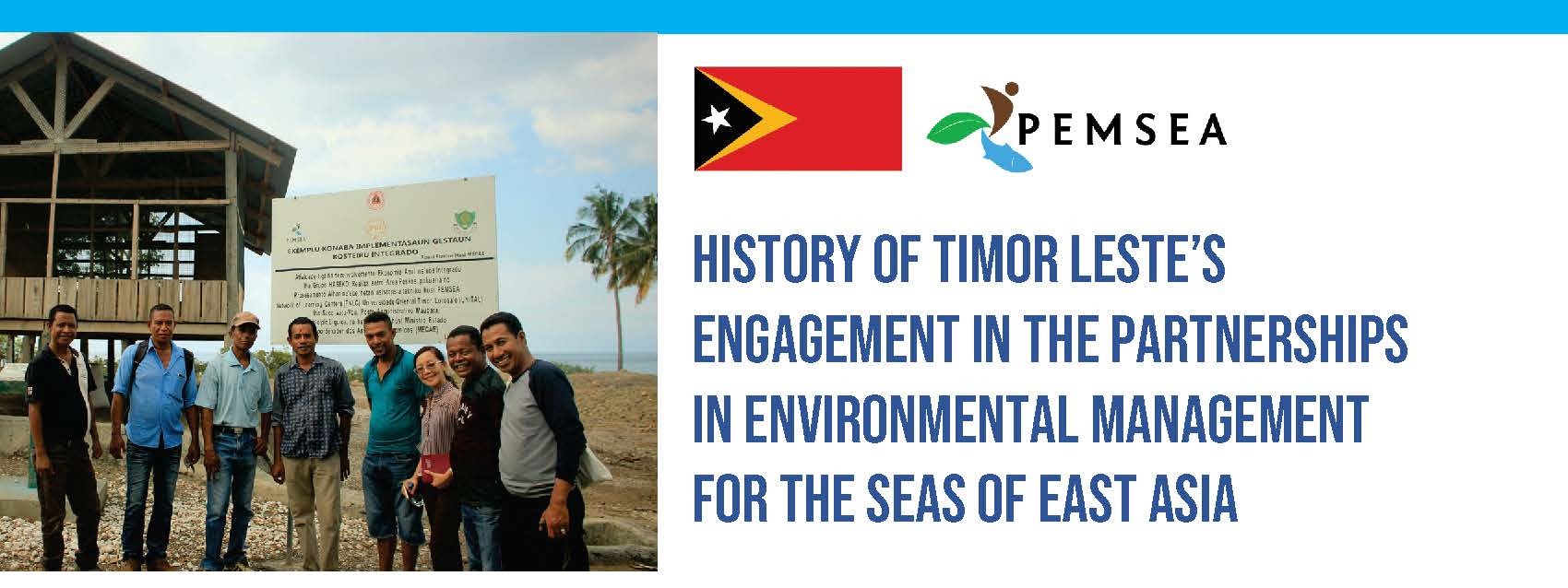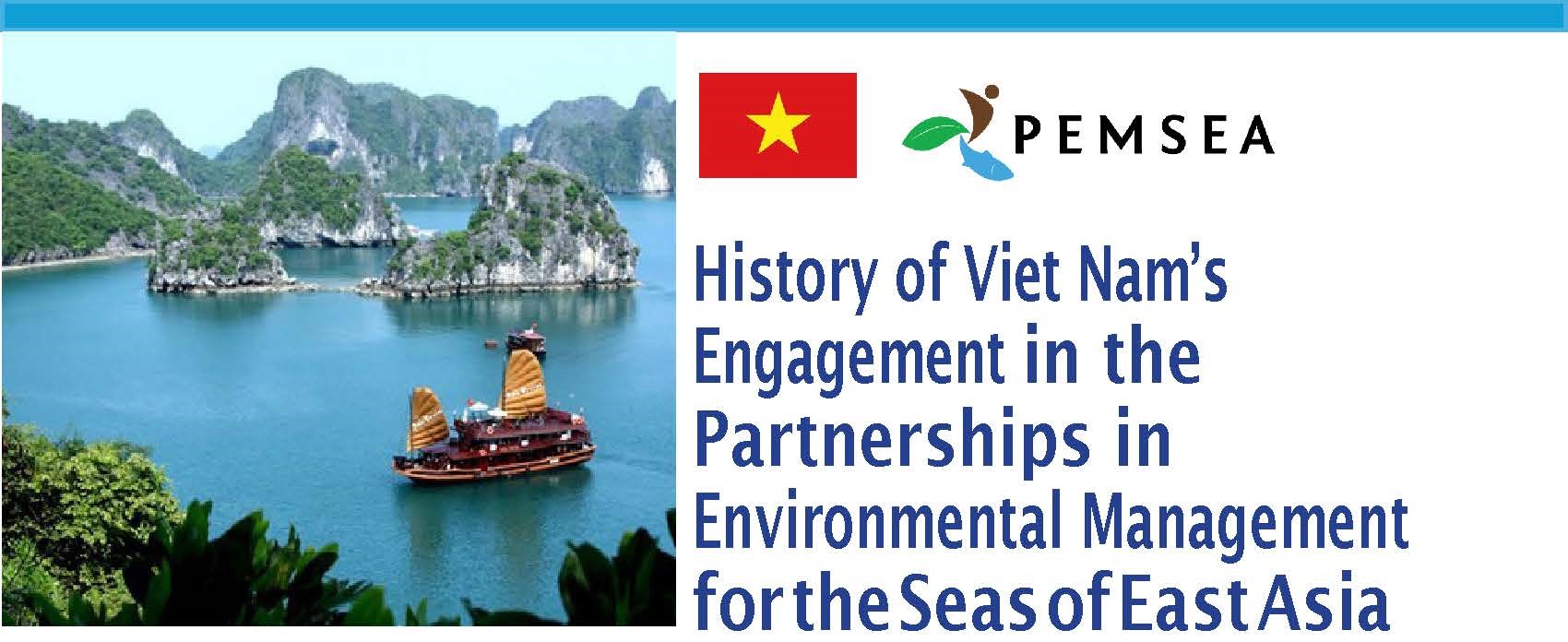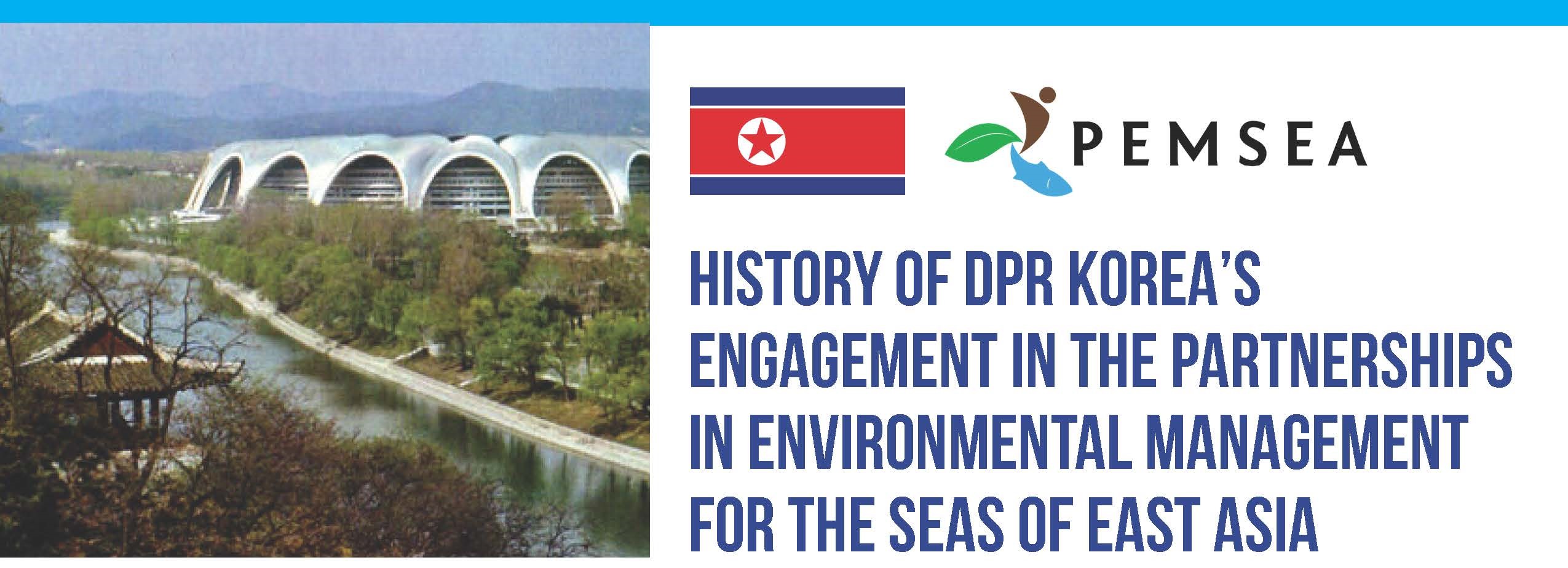
Breadcrumb
Regional State of Ocean and Coasts 2021: The East Asian Seas Region (VOLUME 1)
PUBLICATION DATE:
Thursday, December 02, 2021
PUBLICATION TYPE:
Books
STATUS:
Only Available Online
DESCRIPTION:
The ocean covers 70% of the surface of our blue planet and constitutes >95% of the biosphere. Life originated in the ocean, and it continues to support all life today by generating oxygen, absorbing carbon dioxide, recycling nutrients, regulating global climate and temperature, and providing food, energy, water, and other resources.
The ocean wealth of the EAS region.
Ocean in the national income accounts. The ocean economy in the EAS region is around US$1.5 trillion in value added in 2015.
Employment in the ocean economy. There are 61 million people directly employed in the ocean economy, however, more are dependent on the ocean for their livelihoods as small-scale, household, and informal activities are not included in the current accounts.
Blue capital and coastal and marine ecosystem services. The EAS region is home to a third of the world’s mangrove forests, seagrass beds, and coral reefs. These coastal and marine ecosystems, together with the tidal flats and salt marshes, are estimated to be worth around US$2 trillion. The blue carbon value is estimated to be US$68 billion for mangroves and US$40 billion for seagrass.
But our ocean is under stress… from climate change, pollution, habitat and biodiversity loss, overfishing and destructive fishing, and other unsustainable human activities. Bold and innovative actions are needed to protect ocean health, build more sustainable and resilient economies, reduce poverty, and help the most vulnerable.
Why blue economy?
The ocean has a major role to play in humanity’s future. As the EAS Region is gearing up to recover from the COVID-19 pandemic, the Blue Economy offers a development strategy anchored on sustainable and inclusive prosperity, low-carbon growth, and protection of ocean ecosystems to ensure food security, jobs and livelihoods, resiliency, recreation, and wellbeing. The blue economy can help the region by:
- Creating nature-based jobs, such as aquaculture, ecotourism, restoration of coastal habitats, and managing protected areas
- Offering new economic opportunities and jobs to reduce poverty through the sustainable development of key oceanic sectors, such as fisheries, aquaculture, tourism, ports, shipping, shipbuilding, and marine renewable energy, and their value-chains, and supporting new industries like marine biotechnology
- Helping the region to mitigate and adapt to climate change through blue carbon, offshore wind and ocean energy, decarbonization, and new technologies
- Fostering nature-based infrastructure, such as mangroves, to provide protection from coastal erosion, flooding, storm surge, tsunami, and other natural disasters (as well as other ecosystem services)Improving fisheries by addressing the underlying causes of overfishing and IUU fishing, and addressing aquaculture sustainability, quality, and safety
- Mitigating the threats to human and ocean health due to marine pollution, including nutrients and marine and land-based plastics, through establishment of more wastewater treatment facilities with reuse applications, integrated solid waste management systems, and reuse of plastics and other recyclables
- Advocating the inclusion of women, small-scale fishers, informal workers (such as those in the aquaculture, ports, shipping, tourism, trade and logistics industries)Advancing connectivity and trade through ports, shipping, submarine communications, and digitalization
- Promoting science, innovation, and technologies to transform the ocean economic sectors to become sustainable, climate-smart, low-carbon, resilient, and more efficient and productive
- Promoting sustainable ocean financing and new financing modalities to support climate action, biodiversity conservation, and blue economy development.
- Informing policymakers and stakeholders about the value of the ocean, and the need for bold actions now for the benefit of the future generations
More information in the brochure. A Supplemental Report is also available.
RELATED PUBLICATIONS
PEMSEA NETWORK OF LEARNING CENTERS (PNLC) 2025 Executive Committee Meeting Proceedings
The 2025 PNLC Executive Committee (PNLC EC) Meeting was organized by PNLC Secretariat on 15 September 2025 in Bogor, Indonesia. It was participated by Prof. Yonvitner of the Center for Coastal and Marine Resources Studies of the IPB University (CCMRS-IPB) and President of the PNLC, Dr. Fang Qinhua, Deputy Director of the Coastal and Ocean Management Institute of Xiamen University (COMI-XU) and Vice-President of the PNLC, and Ms. Aimee T. Gonzales, PEMSEA Resource Facility (PRF) Executive Director as members of the PNLC Executive Committee. Ms. Isdahartatie PNLC secretariat Coordinator/ CCMRS-IPB University, Ms. Nancy Bermas from PRF, Francesca Cortez (PRF Secretariat Assistant) and Lusita Meilana, PNLC Secretariat staff. The meeting was chaired by Prof. Yonvitner. Ms. Isdahartati served as the Secretariat of the meeting.
The following supporting documents are annexed to these proceedings:
- Annex 1: Meeting Agenda / Program
- Annex 2: Links to the meeting documents, presentation and photos
- Annex 3: List of participants
Proceedings of the Thirty-fourth Expanded East Asian Seas Executive Committee Meeting
The Expanded East Asian Seas (EAS) Executive Committee convened its 34th Executive Committee Meeting on 21 October 2025 online via Zoom. The meeting was attended by EAS Partnership Council Chair Attorney Jonas Leones; Intergovernmental Session Chair Mr. Le Dai Thang; Intergovernmental Session Co-Chair Dr. Xinwei Yu; Technical Session Chair Dr. Suk-Jae Kwon; and Technical Session Co-Chair Dr. Wakita Kazumi. The PEMSEA Resource Facility (PRF), led by Executive Director (ED) Ms. Aimee T. Gonzales, served as Secretariat to the meeting. PEMSEA Country Partners in attendance included national focal points and representatives from Cambodia, China, Indonesia, Japan, Lao PDR, the Philippines, the Republic of Korea, Singapore, Timor-Leste, and Viet Nam. Non-Country Partners present included representatives from the ASEAN Centre for Biodiversity, Ipieca GISEA, Oil Spill Response Limited, National Marine Hazard Mitigation Service, International Center for Environmental Management of Enclosed Coastal Seas (EMECS), PEMSEA Network of Local Governments, and Korea Institute of Ocean Science & Technology, among others. Online observers included staff from the PEMSEA Resource Facility and UNDP.
History of Timor Leste's engagement in PEMSEA
Since joining PEMSEA in 2006 through the signing of the Haikou Partnership Agreement, Timor-Leste has made remarkable progress in advancing sustainable coastal and ocean governance under the Sustainable Development Strategy for the Seas of East Asia (SDS-SEA). Over the years, the country has implemented Integrated Coastal Management (ICM) programs in key municipalities, developed national ocean and coastal policies, and strengthened inter-agency collaboration for marine protection and livelihood enhancement. Through its participation in regional initiatives such as ATSEA and the Marine Plastics ODA Project, Timor-Leste continues to demonstrate strong commitment to ecosystem-based management, blue economy development, and regional cooperation for healthy and resilient seas.
History of Viet Nam's engagement in PEMSEA
Since 1993, Viet Nam has been an active partner in advancing sustainable coastal and ocean governance in the East Asian Seas through PEMSEA. From pioneering Integrated Coastal Management (ICM) in Da Nang to establishing the Viet Nam Administration of Seas and Islands (VASI), the country has institutionalized ICM in national policy and legislation while fostering regional cooperation through leadership roles in PEMSEA bodies and ministerial forums. Viet Nam’s consistent participation in key initiatives and adoption of major regional declarations underscore its strong commitment to blue economy development, marine ecosystem protection, and the long-term implementation of the Sustainable Development Strategy for the Seas of East Asia (SDS-SEA).
History of DPR Korea's Engagement in PEMSEA
Since joining the regional GEF/UNDP/IMO Marine Pollution Prevention in the East Asian Seas (MPP-EAS) project, the DPR Korea has actively advanced Integrated Coastal Management (ICM) through the establishment of the Nampho demonstration site and the National ICM Training Center at Kim Il Sung University. The country has consistently participated in key regional forums, including the East Asian Seas Congresses and Ministerial Forums, adopting major regional declarations and frameworks such as the SDS-SEA and Manila Declaration. Its engagement reflects a sustained commitment to regional cooperation, marine pollution prevention, and sustainable coastal development under PEMSEA.
